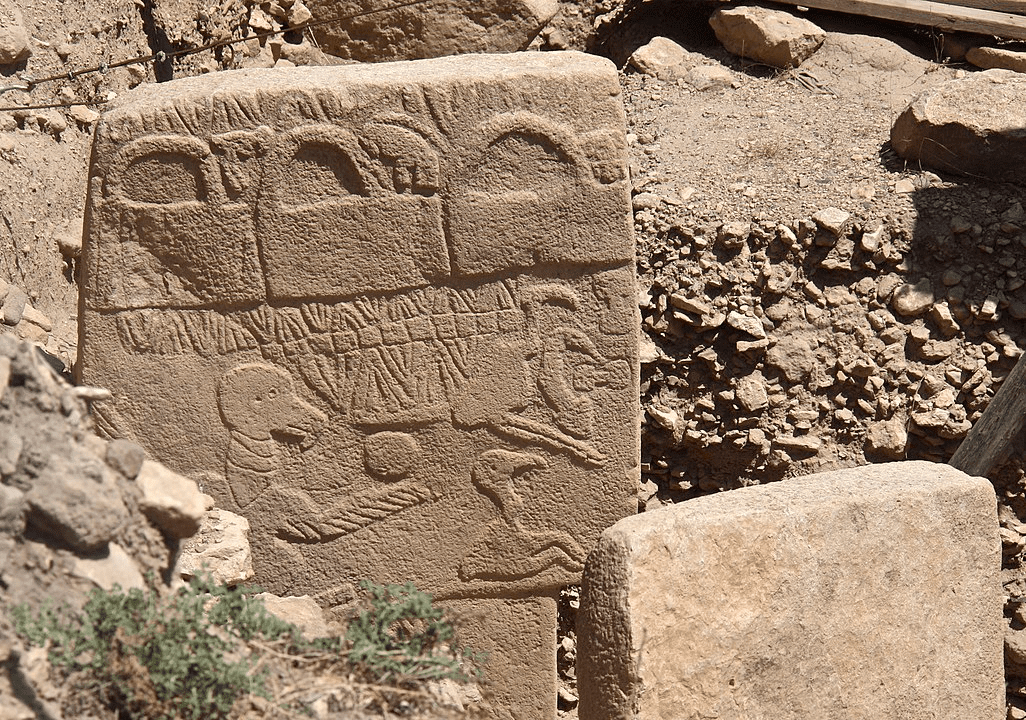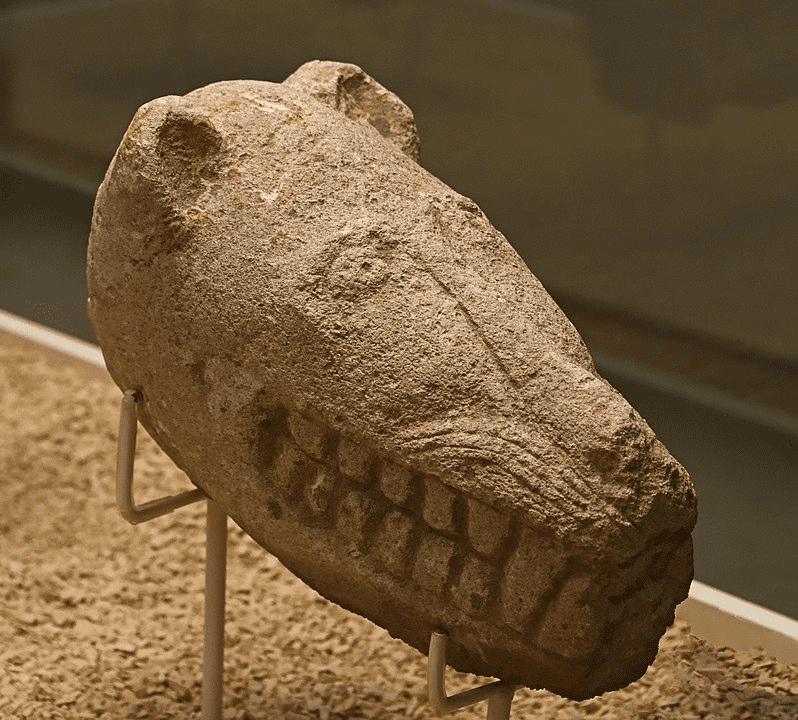Having been built thousands of years before anything else we know of similar scale, Göbekli Tepe is a source of immense fascination. Speculation about its purpose is widespread – and as Astronomy.com notes, many of these propose it served an astronomical purpose, ranging from the plausible but unproven to the utterly unhinged.
The world was only just emerging from the last Ice Age when Göbekli Tepe, Turkey, was built. More remarkably, agriculture may not have even been invented, and pottery certainly wasn’t. Yet, somehow, semi-nomadic people managed to build a stone structure that would have awed their descendants thousands of years later and has survived, albeit buried, until today.
Although we know almost nothing about the people who built the nearly 12,000-year-old site, it shares enough features with more recent temples that archaeologists consider it to have served religious purposes. Little is known about the nature of the religion practiced there, but the numerous carvings of animals on the giant stones suggest these were of great significance to the builders.
In a time before light pollution and multi-channel evening entertainment, humans were far more intimately connected to the night sky than most of us are today. Many younger neolithic sites, such as Stonehenge, were built to align with the rising of the sun on important dates. Consequently, there’s nothing implausible about the idea that a temple built on a mountaintop thousands of years earlier would have been used to study the heavens, and possibly laid out to facilitate that.
However, no solar or lunar significance has been found in Göbekli Tepe’s contours. Instead, people have tried to link its orientation to the stars, while disagreeing on which stars were centered. Professor Giulio Magli of Politenico di Milano proposes an alignment with Sirius, but others have suggested Orion or Cygnus.
The idea is impossible to prove or disprove, however. The places where individual stars rise and set at specific times of the year change over centuries, thanks to the Earth’s precession. Our knowledge of when Göbekli Tepe was built is not precise enough to tell us the location of Sirius, or any other star, at the time.
An even more exciting, but scientifically dubious, idea is that the temple records the impact of a comet that set off the Younger Dryas event, when the world cooled dramatically for about a millennium. The Younger Dryas was definitely real, but the possibility of a cometary cause is one of the most heatedly debated ideas across several fields of science, capable of rousing normally mild-mannered individuals to fits of passion on both sides.
Even among supporters of the cometary impact theory, those who claim the event is recorded at Göbekli Tepe are a minority. Nevertheless, a team at the University of Edinburgh claims the carvings on one part of the Temple, known as the Vulture Stone, represent a sudden upsurge of comets. Going even further, they claim to be able to match the stars depicted on the Vulture stone to specific constellations as they were not quite 13,000 years ago.

If true, this would not only confirm the comet-Younger Dryas theory but date the events quite precisely. It would also indicate the builders of Göbekli Tepe were exceptionally attuned to current events. However, from the start, archaeologists at the site expressed skepticism. That doesn’t seem to have changed. Some peer-reviewed papers cite the work, but unless written by the original authors themselves, the references are mostly tangential in papers on other aspects of the cometary impact theory. Archaeologists haven’t found enough to the idea to follow up.
The cometary catastrophe Göbekli Tepe theory may be fringe, but it treats the builders with (possibly excessive) respect. Not so those asserting the place was built under the guidance of a more advanced race. This is a story common to many of the world’s great ancient structures. It relies on our natural wonder at how such things could have been built with such limited technology, and jumps from this to the belief more advanced figures – who left no definitive traces – must have been involved.
The whole idea is particularly popular when the impressive sites are located outside Europe, so the builders would not have been white. Astonishing architecture built by ancient peoples represents a powerful refutation of the idea their modern descendants are intellectually inferior. This then sparks a rush to explain such structures as the work of aliens, Atlantans, or proto-Masons (yes really).

Whether their proposals are credible or not, one common thread among those calling Göbekli Tepe an observatory is that it is “the world’s oldest”. Yet, while we know of no large temples or other large constructions of such antiquity, that may not be true for observatories. Stones placed by Indigenous Australians appear to align with the Sun at the solstices, and while they have not been reliably dated, their formation could date back 14,000 years. Even if Göbekli Tepe was used to track the sky, it could have a hard time beating that.
Source Link: Göbekli Tepe: Myths Of World’s Oldest Temple Being An Astronomical Observatory Flourish